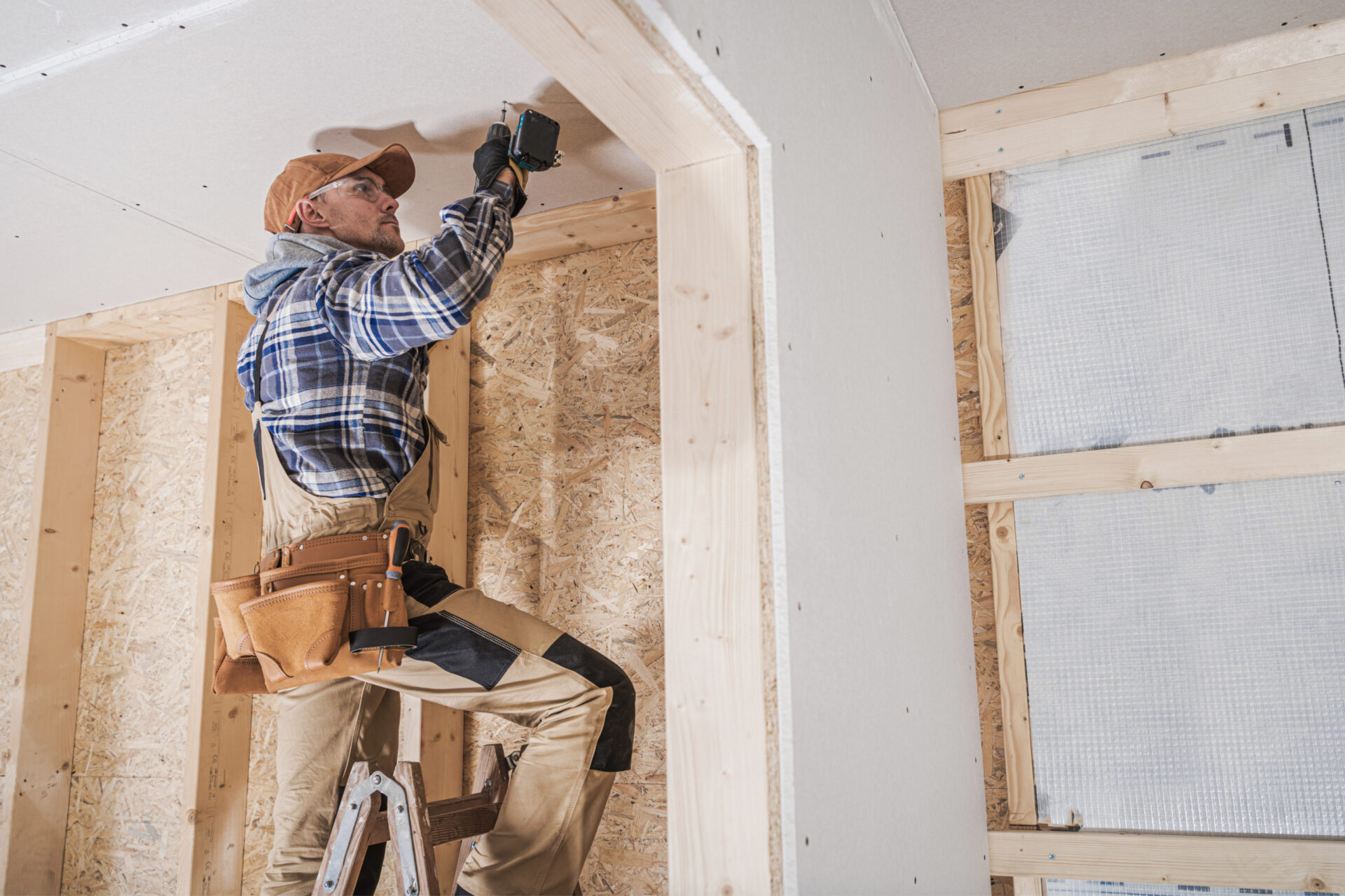By KIMBERLEY HAAS
Build-for-rent communities have been growing in popularity as the housing landscape changes in the United States.
According to leaders at the National Association of Home Builders, developers are exploring new ways to meet continued housing demand and single-family build-for-rent properties provide a stepping stone between renting and buying for young families, as well as a good downsizing option for aging adults. They say many of the people who choose to live in these neighborhoods are renters by choice.
The concept has been getting national attention as people want the flexibility of renting but the amenities that come with homeownership such as more privacy and backyards. It is estimated that hundreds of build-for-rent communities are coming to the market soon.
Rick Pollack, managing director of RCLCO Fund Advisors, said it is still early in the game for this housing sector but it has a bright future.
“Build-for-rent deliveries last year were about 10% to 15% the size of multifamily deliveries and that was a record year for build-for-rent that generated a lot of press about how many of these homes were being delivered, and it’s still just kind of a drop in the bucket compared to traditional multifamily,” Pollack said during a webinar last week.
Pollack added although build-for-rent is a niche sector right now, he predicts that in the long term, there will be stronger rent growth in single-family homes than in multifamily housing.
“Looking forward, we still expect there to be really strong demand for this product and that is going to drive really strong rent growth,” Pollack said.
There’s clearly a demand for single-family rentals, according to RCLCO Managing Director Todd LaRue. Their consumer research shows that 40% of renters are in this type of housing, but 72% of renters would prefer it.
In addition, 83% of renters seeking small single-family homes would pay an average of $300 a month more in rent to live in a professionally managed build-for-rent community.
Amenities such as swimming pools and fitness centers are important in suburban areas, according to LaRue.
“I think the jury’s still out on how much they are valued but many developers will argue, ‘Well, I think our amenities package is superior and is generating premiums we need and want and it justifies the cost of delivering those,'” LaRue said during the webinar.
There is room for improvement in these communities. Pollack said when it comes to parking, there is more demand for spaces than in traditional multifamily housing, and it’s something that is missing from many of the communities he has visited.
“I see, in my opinion, too many one-car garages or too many communities that rely on street parking, and frankly, it’s hard to navigate those communities. It doesn’t feel particularly safe when there are cars parked on both sides of the street and if it happens to be trash day, it’s really hard to get through there and feel safe with kids running around in those communities,” Pollack said.
According to RentCafe, Phoenix, Dallas, and Detroit are the top three metros that added the most single-family homes for rent in the last five years.
Alexandra Both wrote that in Phoenix the prequel to the trend of build-to-rent homes was the housing crisis of 2008.
“Institutional investors bought two-thirds of the homes (about 20,000 units) that were no longer owner-occupied after the Great Recession, according to the Urban Institute. And, since then, greater Phoenix’s significant population growth — 5.8% between 2016 and 2021 — and its developing suburbs have created a high demand for single-family rentals,” Both wrote.
In Dallas, the number of new houses to rent more than doubled between 2018 and 2022, and in Detroit, they have nearly doubled in the last five years, according to Both.
Read More Articles:
It’s Been 15 Years Since Fannie Mae, Freddie Mac Conservatorship
